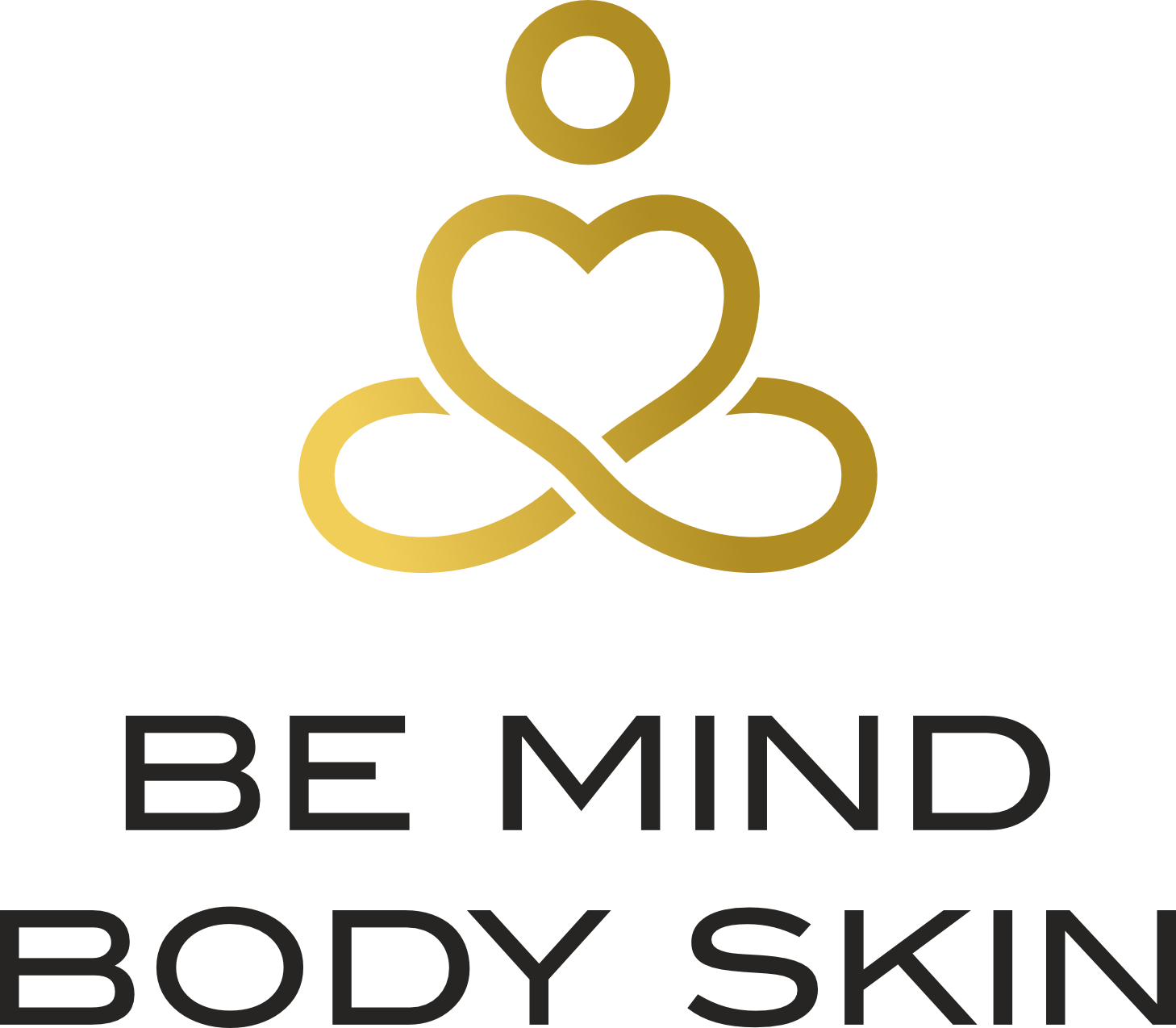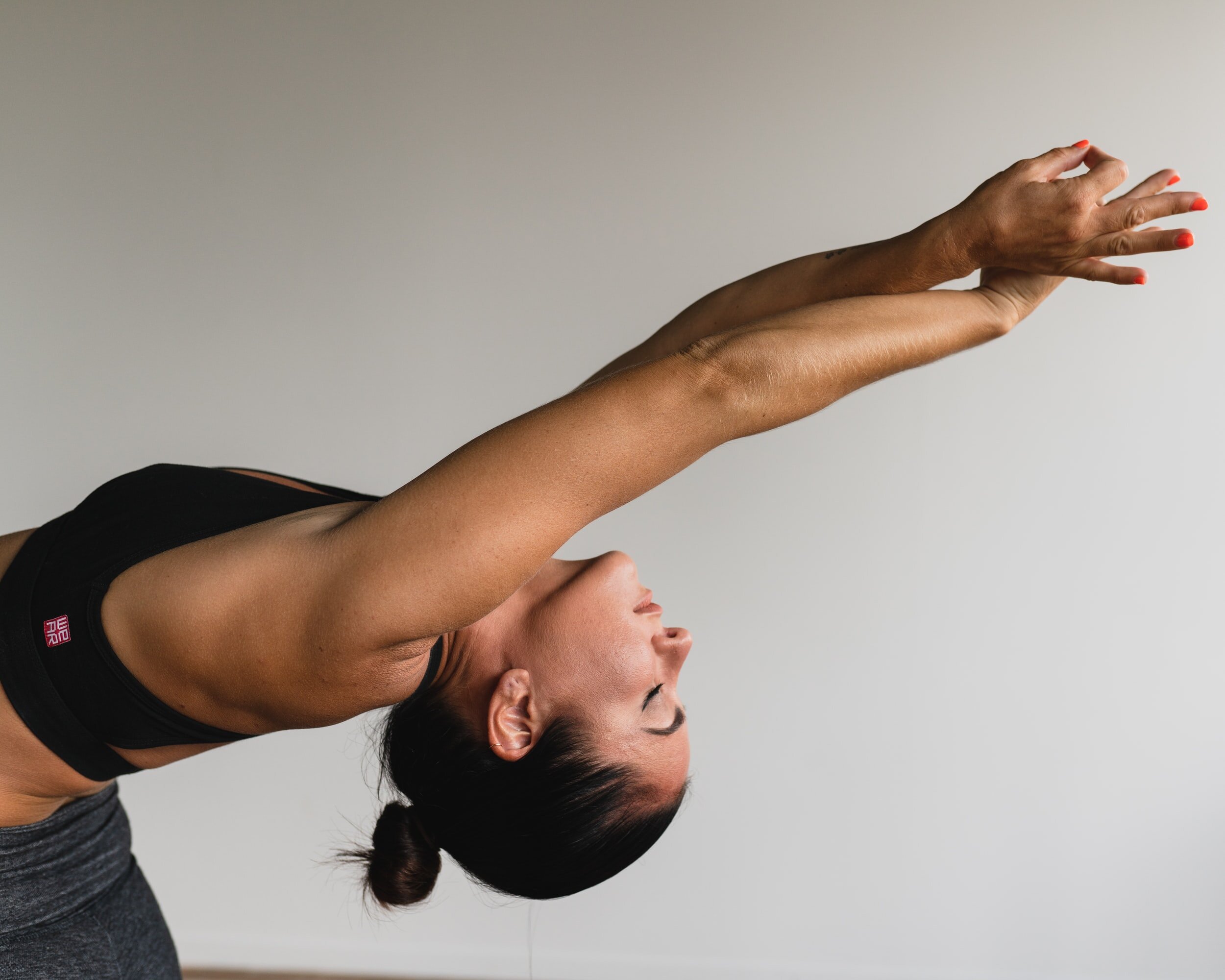‘Bandhas’ in the practice of Yoga
Significance of ‘Bandhas’ in Yoga practice
In traditional yoga practice there are three inner locks or bodily maneuvers responsible for trapping the prana or the vital energy and there by stimulate the nerve conduction and illuminate the Chakras. These three inner locks are called as the Bandhas.
Let us look at each of these Bandha’s in detail.
Moola Bandha/ Root Lock
This enormously powerful bandha is the most difficult one to practice and master. Moola bandha establishes a connection between our body and the earth energies. Moola bandha synchronizes our nervous, circulatory, respiratory, and endocrine systems. Practically, in Moola bandha you are trying to contract the base of the spine or the perineum. ‘Moola’ is a Sanskrit word which means root or the origin. You are trying to contract your base muscles or in simple terms the muscles used in holding urine mid-stream.
How to practice this technique of Moola Bandha?
I always prefer to practice Moola Bandha in Sitting posture. But, you can practice Moola Bandha in sitting or standing posture. Else, you can start with your hands and knees in a table-top position and as you exhale, round your spine toward the ceiling keeping your shoulders and knees in position. Inhale and feel the vacuum drawing the energy up naturally. Practice until you can feel the area being drawn upward energetically without (or minimally) using the muscles.
You might not feel the energy flow or control the breathing patterns initially. Practice continuously by contracting and releasing the bandha and you will be able to focus your mind on first Chakra at the base of the spine.
Benefits of practicing Moola Bandha –
Improves digestion
reduced intensity in breathing rate, heart rate, and blood pressure
helps in attaining stability and strength of mind and body
controls body weight
improves mental calmness
provides good sleep
Uddiyana Bandha / Abdominal lock
In Uddiyana Bandha/ abdominal lock, the abdomen is pulled inwards bringing the naval close to spine. It focuses the mind on the third chakra. Beginners can do this bandha in either sitting/standing posture. Never perform this in full stomach and exhale slowly and steadily while doing uddiyana bandha. In simple words, the abdomen is drawn in and up to lift the diaphragm and internal organs up into or toward the chest (thorax).
Benefits of practicing Uddiyana bandha
Slows down the ageing process
Makes you emotionally stable
Stimulates cleansing
Tones and strengthens abdominal muscle
Jalandhara Bandha /Neck Lock
In Jalandhara Bandha the neck and throat are contracted, the back of the neck lengthened, and the chin is lowered toward the chest. Generally, this bandha is used while chanting Mantras, or during pranayama exercises. The head should be levelled centrally, and throat muscles should remain loose. This focuses the mind on the fifth chakra.
Sit in a comfortable posture like sukhasana, padmasana or vajrasana. Keep breathing deeply, hold in the breath, and drop your chin to your chest while feeling the stretch at the back of your neck. Dropin the shoulders and feel the weight loosening. Feel the constriction within the throat. When you feel a tension in the throat muscles, release the lock, lift the chin, and breath out long and deep.
Benefits of practicing Jalandhara bandha
Balances thyroid and parathyroid glands
Cure throat diseases
Improves metabolism
According to Sadhguru, “Once you are able to use the energy body the way you use your physical body, there is no limit. There is a limit to the physical, but there is no limit in terms of experience and exploration. That is what a yogi is trying to achieve through bandhas.”
Mula Bandha and Jalandhara Bandha can be performed after the inhalation as well as after the exhalation. Uddiyana Bandha is performed only after exhalation.
Once you are experienced practicing the Bandhas alone, gradually under proper guidance you can practice and perform all the Bandhas together which is called as ‘Maha Bandha’.
Are there any contraindications for Bandhas?
People who have heart diseases and ulcers should avoid the practice of Bandhas. During high blood pressure also, bandhas should be avoided. Pregnant women should not practice bandha since there is constriction of abdominal muscles involved while practicing.
Can Bandhas really help in rejuvenation?
Bandhas momentarily stops and controls the blood flow. With the release of Bandha there is an increased flow of fresh blood which flushes away the dead cells and helps in detox. This strengthens the organs and renews and regenerates the cells in the body. So, Yes Bandhas do help in rejuvenation.
Yogic practices and experiences come only from constant practice. Practicing Bandhas along with your yogic asanas can help alleviate mental stress and can possibly charge your brain centers with more energy and potential.


